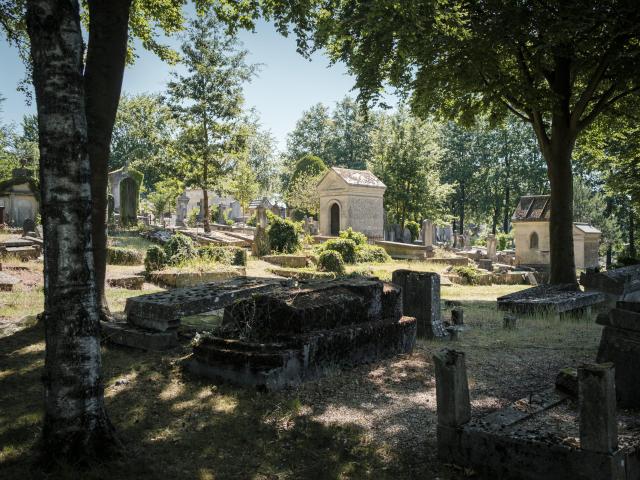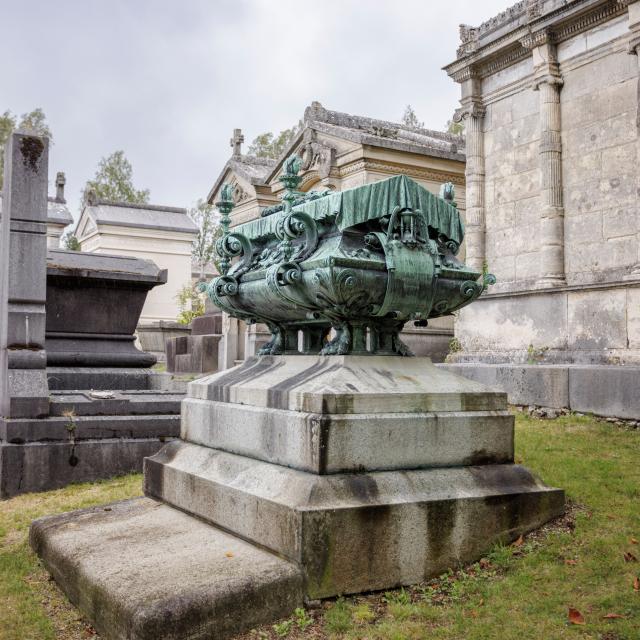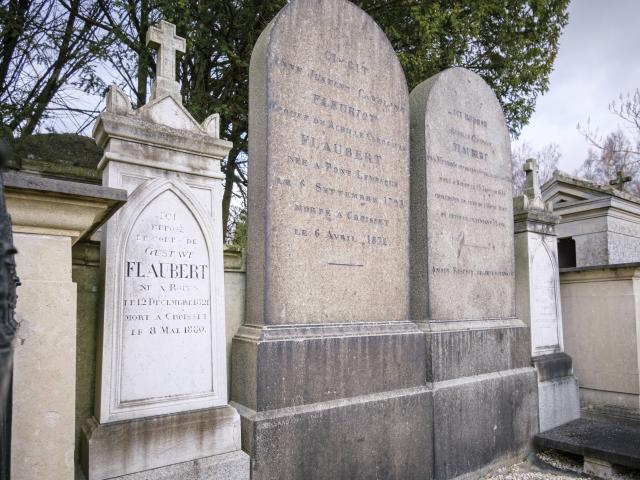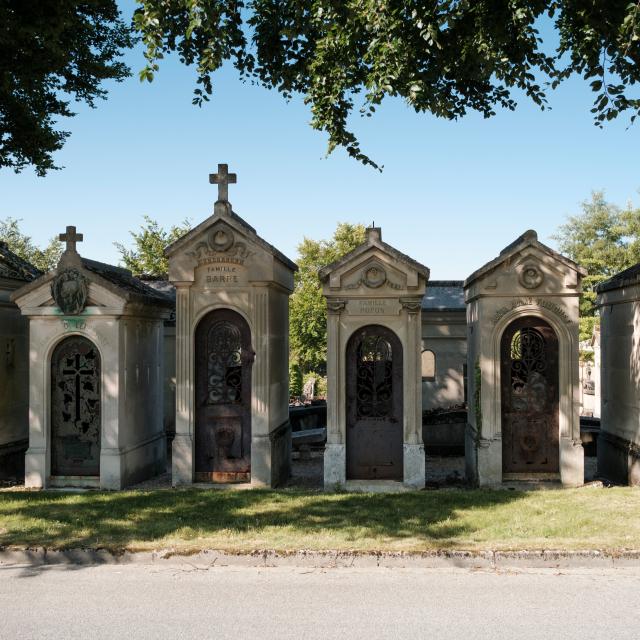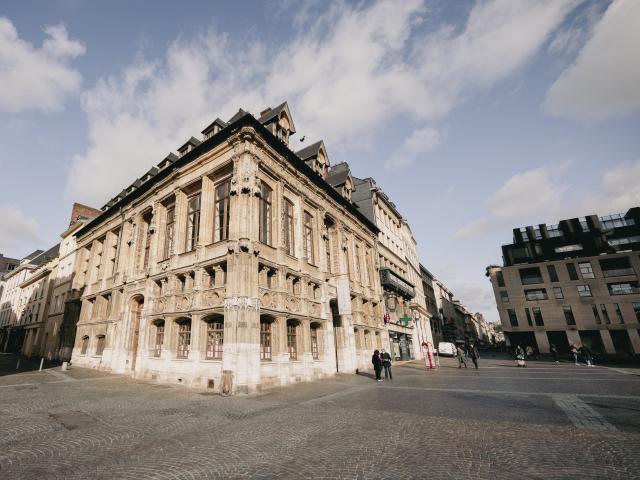Meet in front of the main entrance to the Monumental Cemetery of Rouen. Accessible by public transport (Line F2) or by car (free parking), the guide begins her visit with a brief history of the site.
Opened in 1824, Rouen’s monumental cemetery came into being due, on the one hand, to the abolition of mass graves and, on the other, to the advent of freedom of worship, which allowed the construction of funerary monuments.
Situated on unbuildable land and in the middle of nature at the time, the cemetery attracted the region’s notables after, in particular, the arrival of personalities in its list of occupants. In addition, there are several similarities between the organization of the cemetery’s alleys and the streets of Rouen.
Beginning with the contemporary part of the cemetery, the visit is organized as a journey back in time where the tombs and funerary monuments bear witness to the daily life of their eras.
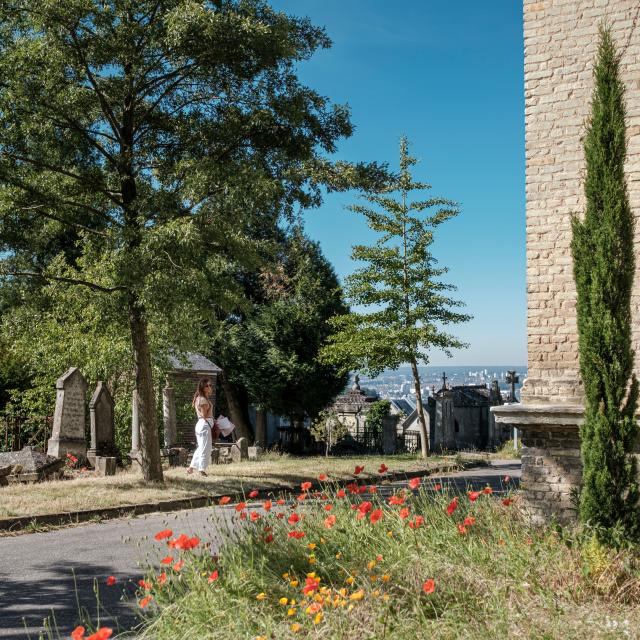 Monumental Cemetery, Rouen
Monumental Cemetery, Rouen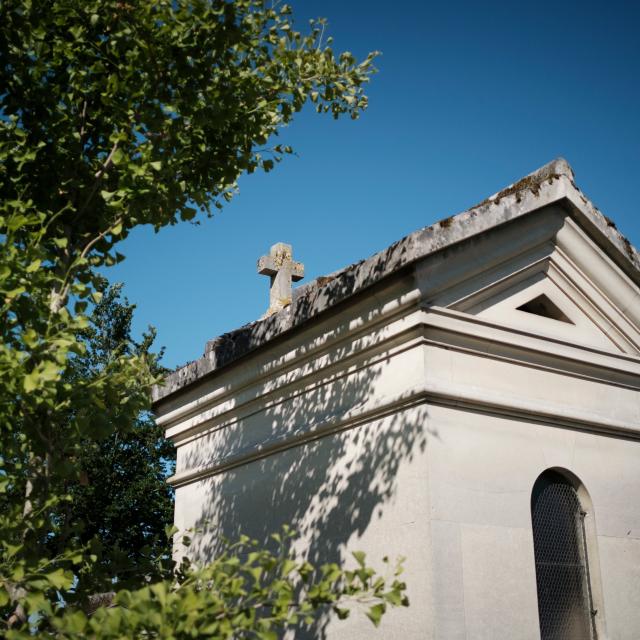 Monumental Cemetery, Rouen
Monumental Cemetery, Rouen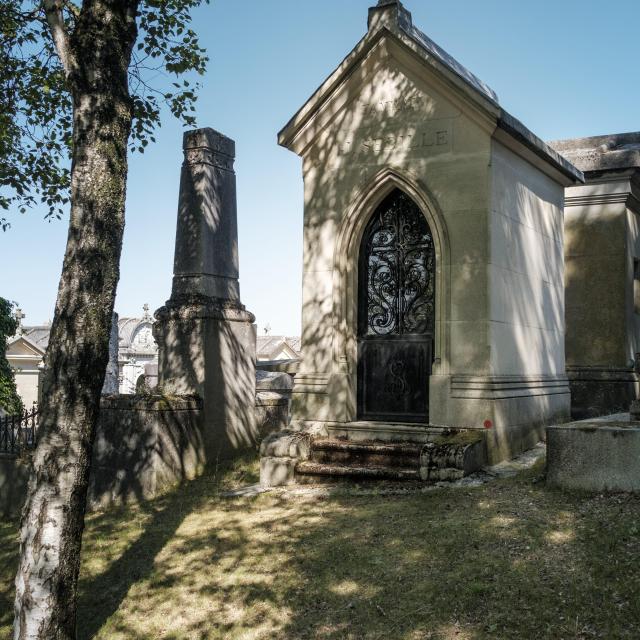 AA_MRN_20-06-02_Rouen visit monumental cemetery_0240
AA_MRN_20-06-02_Rouen visit monumental cemetery_0240
